Michel Parmigiani holds up an antique singing-bird snuff box and pushes a slider on its side. The lid of the box lifts and out pops a small, mechanical bird, which stands upright at the center of an oval opening. The bird, covered with iridescent feathers, then turns from side to side, flapping its tail and wings as it produces an unbroken stream of birdsong. Performance complete, it falls back into the box like a virtuoso musician retreating backstage after a concert. The lid snaps shut.
“Isn’t that fantastic? And to think that this was made two centuries ago without the kind of tools we have today,” Parmigiani says before putting the box down and calling my attention to a vestibule clock made by Pierre Jaquet-Droz in the late 18th century. The clock features a singing-bird automaton and a crystal rod arrangement in a gilded cage. The crystal rod creates the illusion of flowing water when the birds start singing. “It took me a year to restore this one. And then I had to find a craftsman good enough to work on the gilding,” he says. Parmigiani, the founder of the high-end Swiss watch brand Parmigiani Fleurier, has an infectious and childlike enthusiasm when he talks about watch restoration.

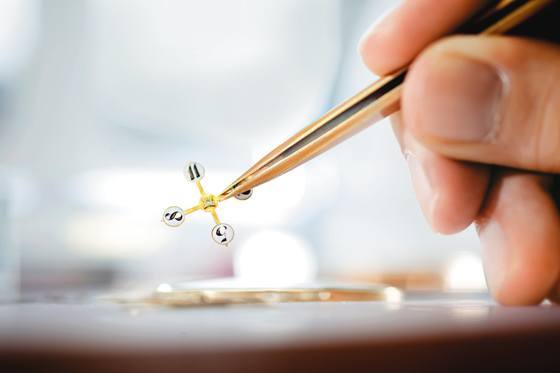
We are in the restoration department of Atelier Parmigiani in Fleurier, a picturesque town in the Swiss watchmaking canton of Neuchâtel. Parmigiani oversees the department’s team of watchmakers. “Restoration is the spirit of the brand,” he says. “Studying the timepieces made in the past is an eye-opener. Examining the work of these master craftsmen helps us push the boundaries of our craft.”
Parmigiani Fleurier is a modern-day brand in an industry that celebrates heritage and longevity, but restoration is at the core of the brand’s philosophy. And to understand Parmigiani’s relationship with restoration is to journey into the origins of Parmigiani Fleurier. It’s an unlikely tale of a man defying the odds to set up what is one of the few vertically integrated watch companies in the industry today.
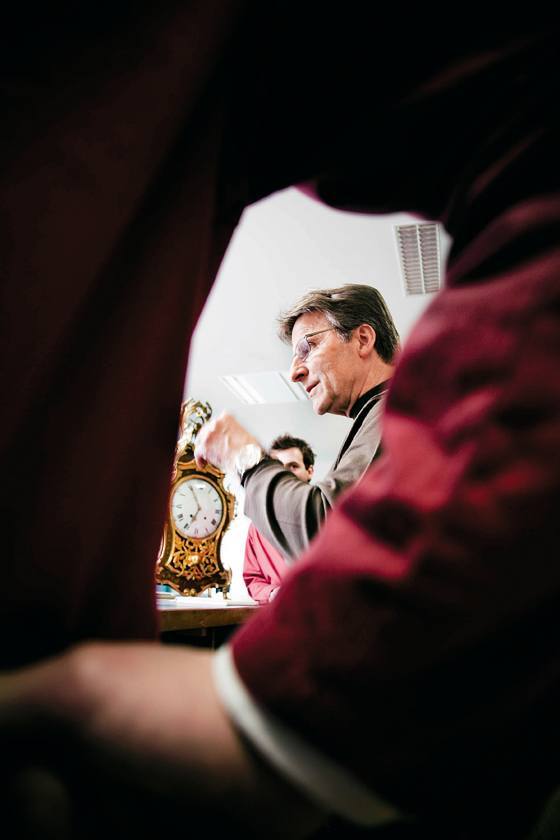
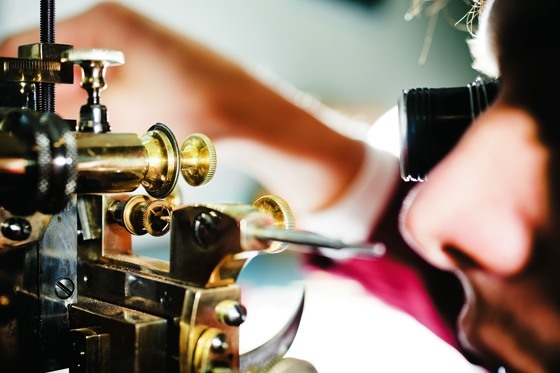
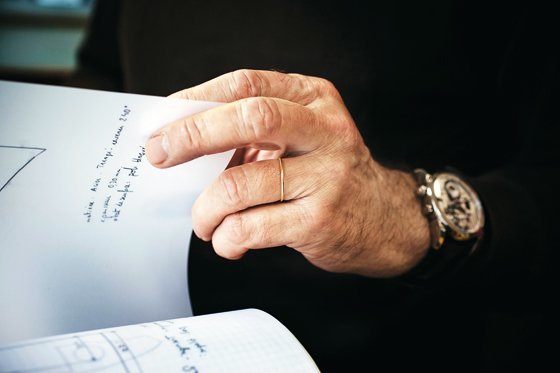
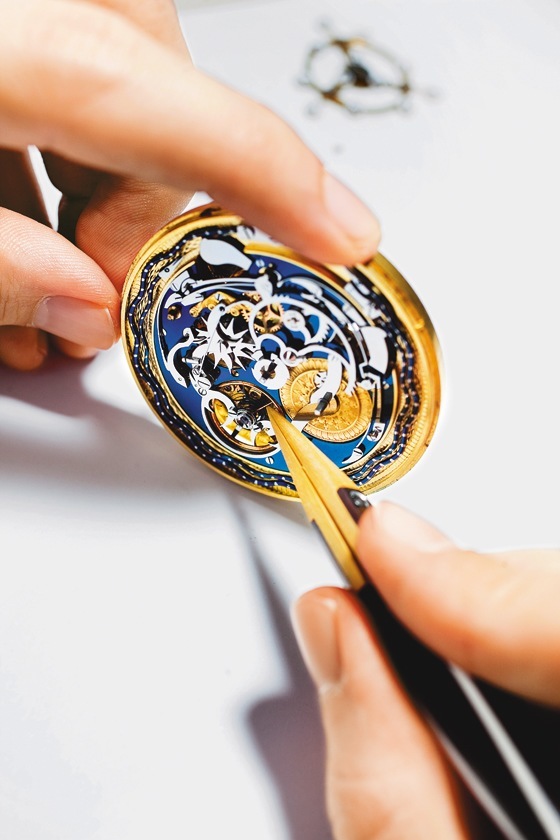
It all starts in the 1970s, at the beginning of the quartz crisis. The Swiss watch industry would soon be brought to its knees: mechanical movements were being made obsolete by the arrival of cheaper, more precise, no-wind quartz ones from Japan, the U.S., and, as the decade ended, Hong Kong. In 1976, Parmigiani, a then 25-year-old watchmaker fascinated by the mechanical ingenuity of past masters, set up a watch restoration workshop in the town of Couvet, very near Fleurier. He named his company Mesure et Art du Temps.
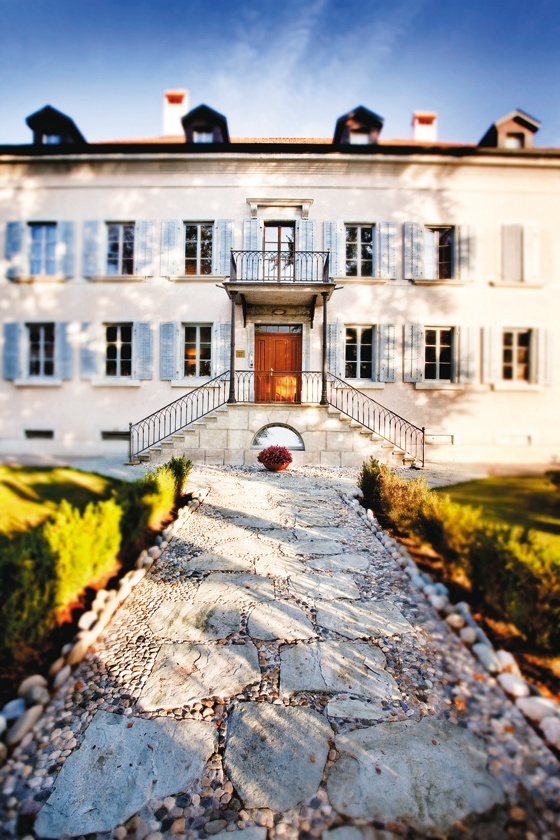
“A lot of my friends and well-wishers asked me to give up and do something else with my life – but I was passionate enough to trudge along this path. To understand the knowledge that these watch-makers possessed back in the day puts a lot of things into perspective,” he recalls. To put bread on the table, he started making unique pieces for individual clients. The young man was beginning to gain a reputation as a talented watchmaker. “Working on historic timepieces can sometimes be frustrating because you are not creating anything new. When you restore watches, you have to respect heritage and patrimony; there is no creativity there. So I started making unique pieces for collectors during the day and pursuing my passion for restoration in my spare time,” he says.
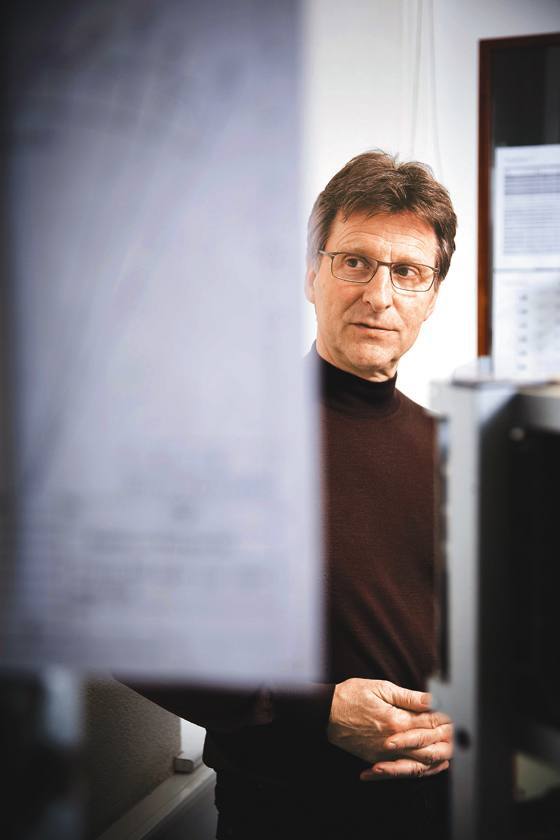
Though small, Parmigiani’s workshop was thriving. By 1977, he was making perpetual calendars and minute repeaters for brands like Breguet, Vacheron Constantin, Chaumet and Piaget. But it was when he was brought in to manage the riches of the Maurice-Yves Sandoz collection that his fortunes changed. Impressed by his passion for restoration and watches, Pierre Landolt, the head of the Sandoz family – one of the richest business families in Europe – decided to invest in Parmigiani’s passion for watchmaking.
Backed by the immense wealth of the Sandoz Family Foundation (it is the biggest single shareholder in the pharmaceutical giant Novartis and has holdings in myriad other companies), Parmigiani founded the Parmigiani Fleurier brand in 1996. From the beginning, it was clear to management that to be taken seriously in the industry, the company would have to be vertically integrated. So over the years, the brand brought together under the umbrella of MHF (Manufactures Horlogères de la Fondation) companies that produce the most important components of the watch – Atokalpa, based in the town of Alle, for wheels, micro-gears, escapements and balance springs; Elwin, in Belprahon, near Berne, for screws, levers and pins; Quadrance & Habillage for dials; Les Artisans Boîtiers for watch cases (these last two are both in La Chaux-de-Fonds); and the jewel in the crown: Vaucher Manufacture Fleurier, established in 2003 to produce high-end mechanical movements.
Though they work primarily for their sister company Parmigiani Fleurier, these companies also make parts for other watch manufacturers. For example, Vaucher makes movements for Hermès (which has a stake in Vaucher), Corum and Richard Mille. But restoration is still vital to the brand’s soul and though it is a minor part of the business, it is one that Parmigiani keeps close to his heart. Some of the industry’s brightest independent watchmakers honed their skills at Parmigiani’s restoration department – Kari Voutilainen of the eponymous brand and Denis Flageollet of De Bethune are two examples.
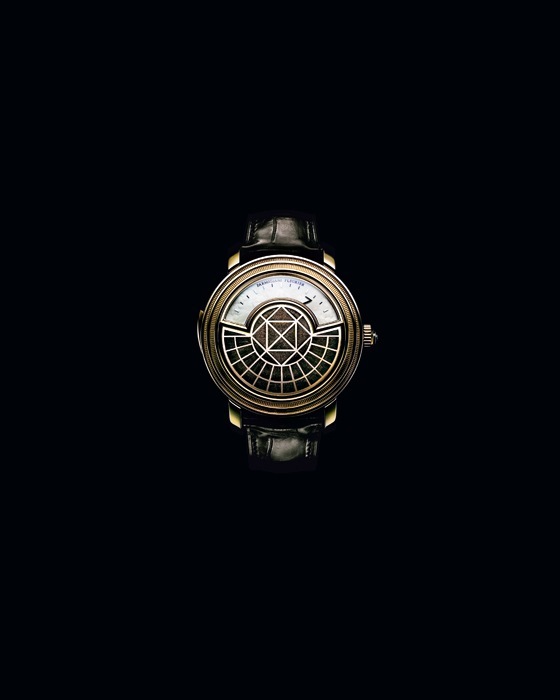

You only have to look at two contemporary watches from Parmigiani Fleurier to understand how restoration has helped shape the brand’s identity. A 19th-century Perrin Frères pocketwatch with a wandering-hour display inspired the Toric Capitole Minute Repeater. “Look at the movement, it is not only beautiful; it is dramatic,” Parmigiani says as he points to the two snake-shape repeater gongs that coil around the movement.
The Toric Capitole features an in-house movement created by the joint efforts of the restoration workshop and the brand’s Haute Horlogerie division. Time is displayed in a crescent-shaped, mother-of-pearl window at the top of the dial with minutes shown on a 5-minute- interval scale. The hours are indicated by Arabic numerals that travel across the crescent from left to right before being replaced by the next digit.
Last year, the brand unveiled a prototype of the Ovale Pantographe, a watch with telescopic hands that retract and extend according to the curvature of the oval dial. This is a delightfully quirky timepiece. These telescopic hands (or “pantograph” hands as they were known in the past) were inspired by those on an oval-shaped pocketwatch produced by English watchmakers Vardon and Stedman in 1800, a timepiece that Parmigiani acquired and restored in 1997.
“Pantograph hands require a lot of energy to run, so we had to find the right balance between power and efficiency,” he says. “We used titanium to reduce the weight of the hands. Studying the past has only sharpened our skills. There will be more watches in the future that will be inspired by the past, no doubt about it,” he says.
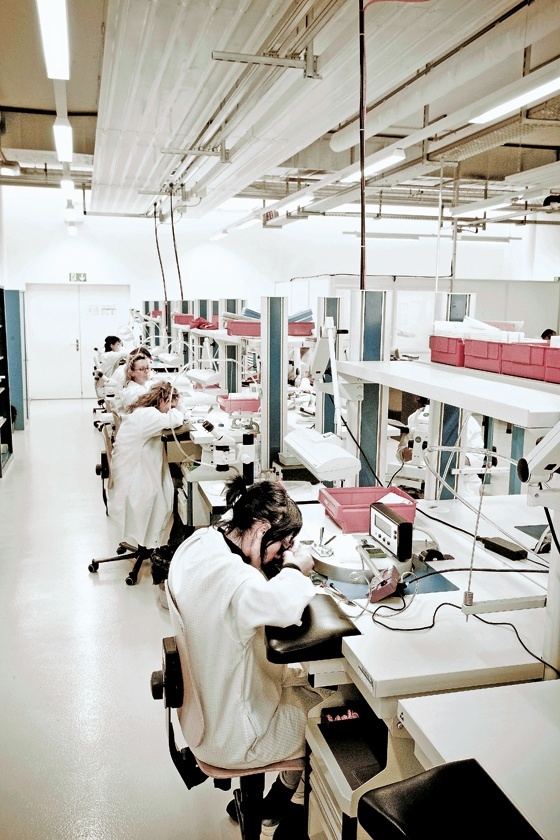
Parmigiani notes that it is important to understand the difference between restoring and repairing a watch. “With restoration, the idea is to go back to the old level of quality. Repairing is a quick fix. Through restoration, we impart value to a historic piece. Sometimes it is difficult to explain to the owner of the piece the magnitude of the restoration. While working on some of these pieces, I realized that some of the worst damage inflicted on them was not by time but by unskilled hands. Repairing is about maintaining the functioning of the timepiece. You could well damage the original part, but it might still work.”
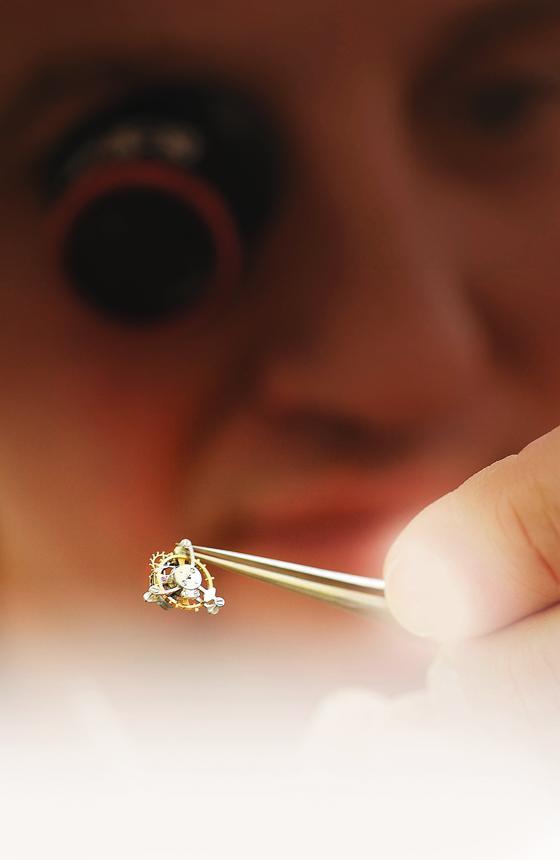
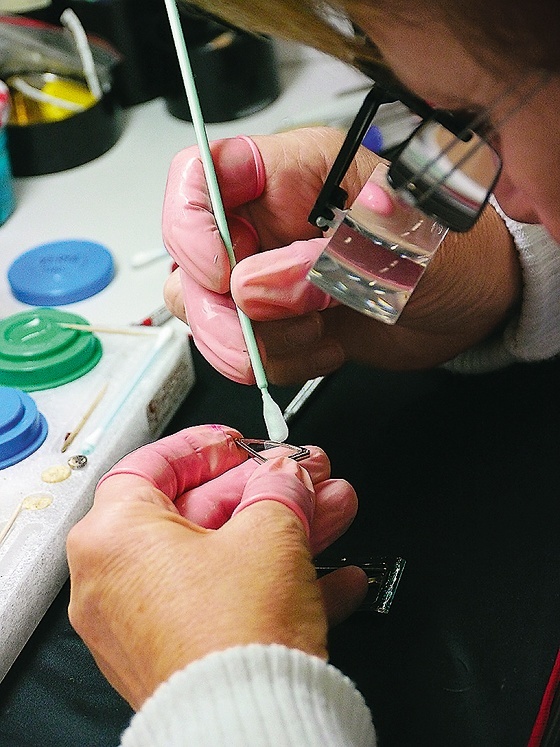

When a piece comes in for restoration, Parmigiani and his team assess the damage and discuss at length with the owner the planned course of action. It isn’t easy because information is not readily available about timepieces that sometimes date back two centuries. So there is a fair amount of investigative work. “We run into a brick wall sometimes right at the beginning, but we go back and try again till we find a solution. What we also do is document the process at each level, explaining in detail what was done and what wasn’t. And at the end of the restoration process, we keep one copy of the documents and give one to the owner.”
Parmigiani has restored pieces that are exhibited at the Patek Philippe Museum in Geneva, the Museum of Horology in Le Locle and the Kremlin Museums. There is a steady stream of work that comes in to the department. “It takes at least six years of studying watchmaking, plus analytical thinking and passion, to work in this department. It is hard work but passion will see you through. It takes about 10 years to get a good level of proficiency,” says Parmigiani.
Though he’s not involved in the day-to-day running of the brand, Parmigiani does work on special projects for it and also develops new movements for Vaucher. He spends much of his time serving as the brand’s public face. “I lend myself more to marketing now, traveling the world and meeting clients, speaking to journalists about the brand and so on,” he says.
From all the years that he spent restoring watches, did he ever come across a timepiece that he wished he had created? “That’s a tough one, but I would have to choose the Harrison Marine Chronometer H4 in the mid-18th century. It featured an incredibly complex mechanism for a pocketwatch from that era.”
This article was originally published in the December 2014 issue of WatchTime.

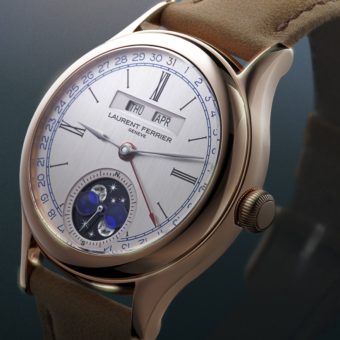
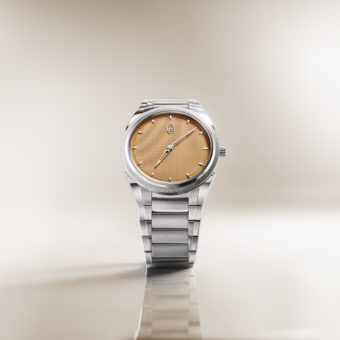
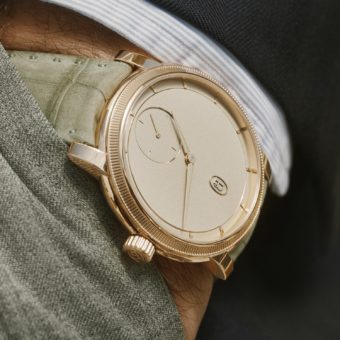
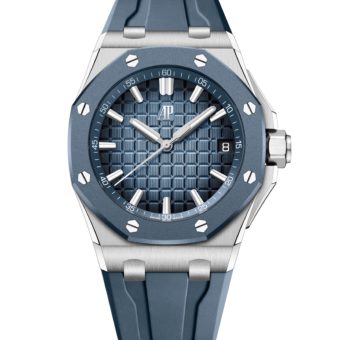
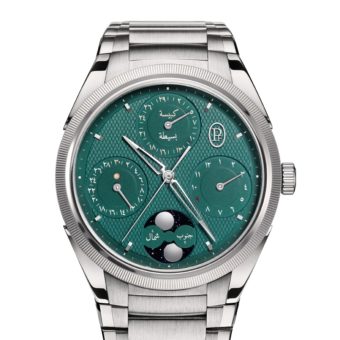
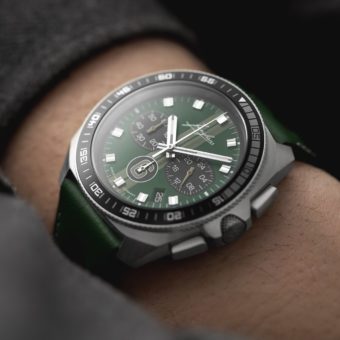
One of my favorite brands. Impeccable skills.
But I sure wanted to see a video of the singing bird!